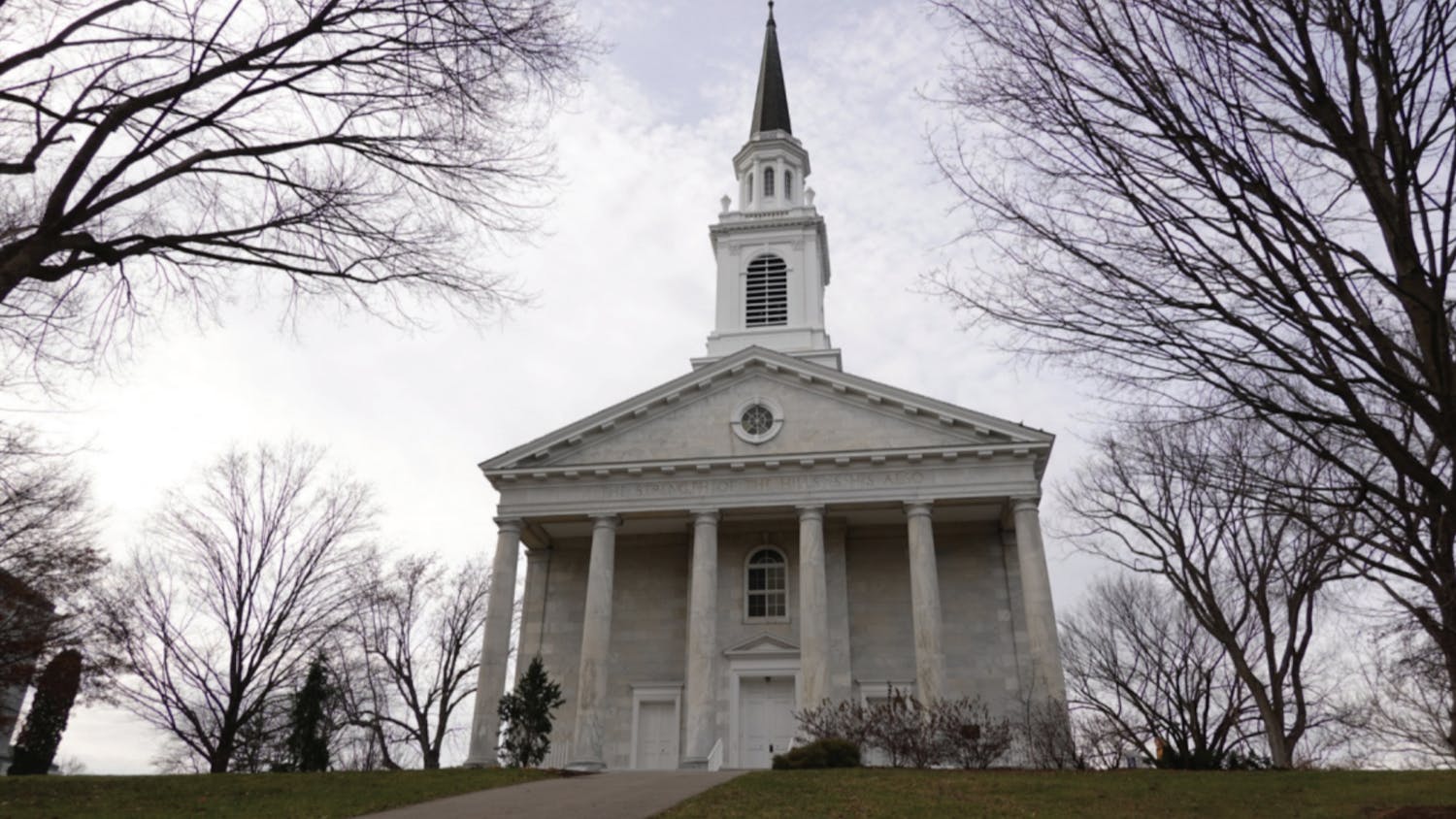So, my last column. I started this column after a joke turned serious during a conversation with The Campus’s editor in chief. It happened right before the beginning of my senior year here at Middlebury. Now, I am in my last week at this academic institution. I have begun saying my goodbyes, revisiting meaningful places and finding closure on this incredible era of my life. So, I am dedicating my last Lookbook article to graduation, or more specifically, the history behind graduation gowns.
A couple of weeks ago, I took my senior portraits and became overwhelmed as the photographer told me to put on the cap and gown. As many of us look to graduations to commemorate, validate and close amazing academic journeys of our lives, I began to wonder; who’s idea was it to put on heavy, polyester garb to walk across a stage?
According to the Washington Post, graduation gowns originated in twelfth-century Europe. It is no surprise that the first universities were founded and run by clergymen. With clergy donned in typical religious ceremonial attire, their students soon adopted similar garments in order to emulate their faculty but distinguish them from uneducated town residents. The original gowns were heavy, as they were made of Worsted-spun yarns and had hoods in order to keep students warm in unheated buildings. In the late 1800s, the style of robes was standardized for each level of education. All gowns from then on were to be the same color, while certain types of sleeves, fabrics, and add-on decorations were designated for specific degree holders. This is why our professors and teachers look more elaborate than we do on convocation and graduation day. Today, gowns use more lightweight fabrics, and we have transitioned from hoods to caps, tams and bonnets.
Many schools now choose a variety of colors, stoles or other decorations to add flare to the outfit. We excitedly put on our graduation caps and gowns, not realizing the long, religious history that is behind them. What was once religious regalia is now academic. As I am preparing to graduate in a few weeks, I have reflected on the what my education has meant for me. I am very different from the initial white clergymen my graduation gown (and education) was originally for; I wonder if the clergymen of Europe or the founders of Middlebury ever thought someone like me would be adopting their traditions. However, at the end of the day, it doesn’t really matter what they would think. On May 26, I will grab my gown and walk across the stage in my best heels toward my diploma and Painter’s cane.
Thanks for an amazing four years Midd! You taught me a lot.
The Lookbook: Goodbye Midd
Comments



